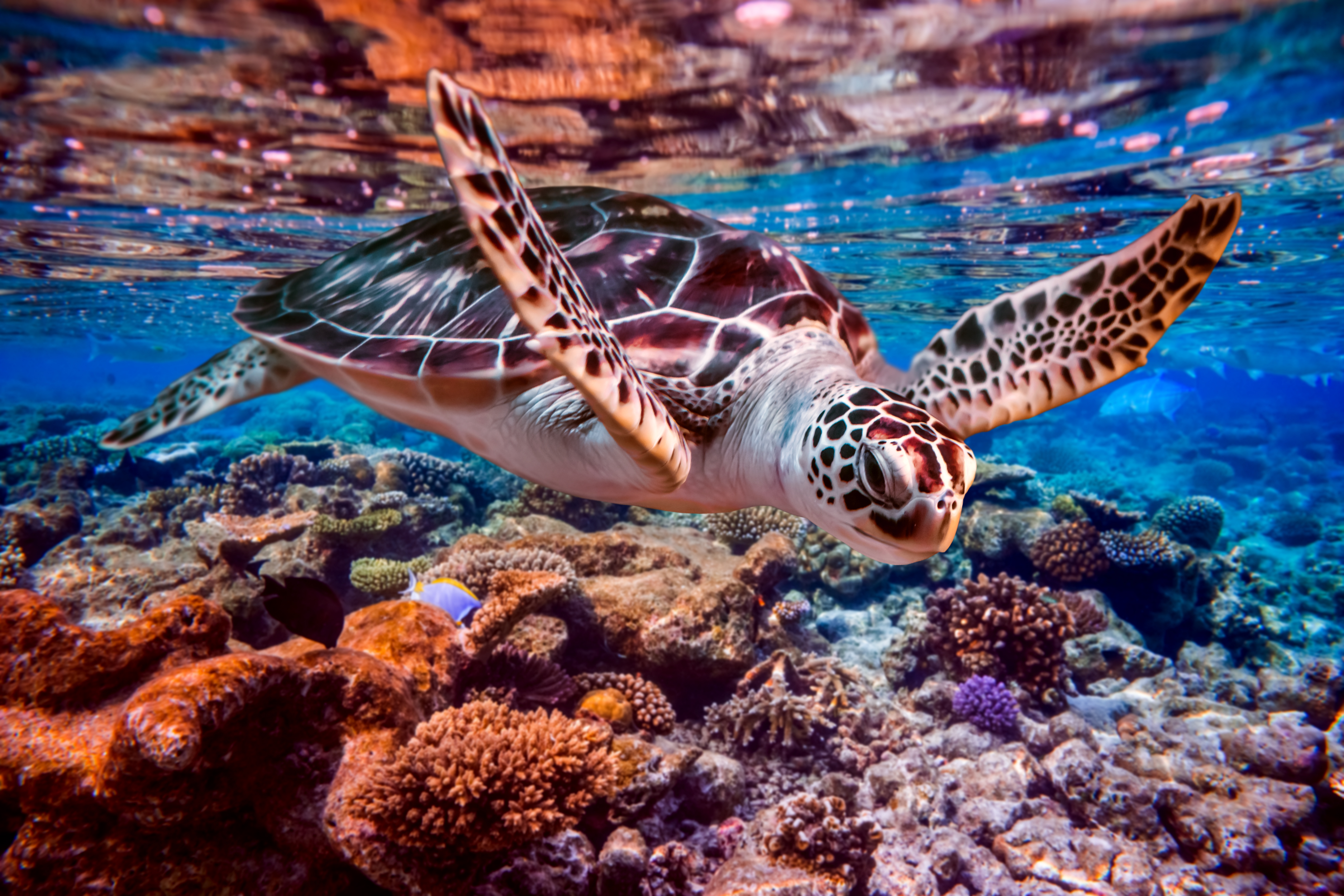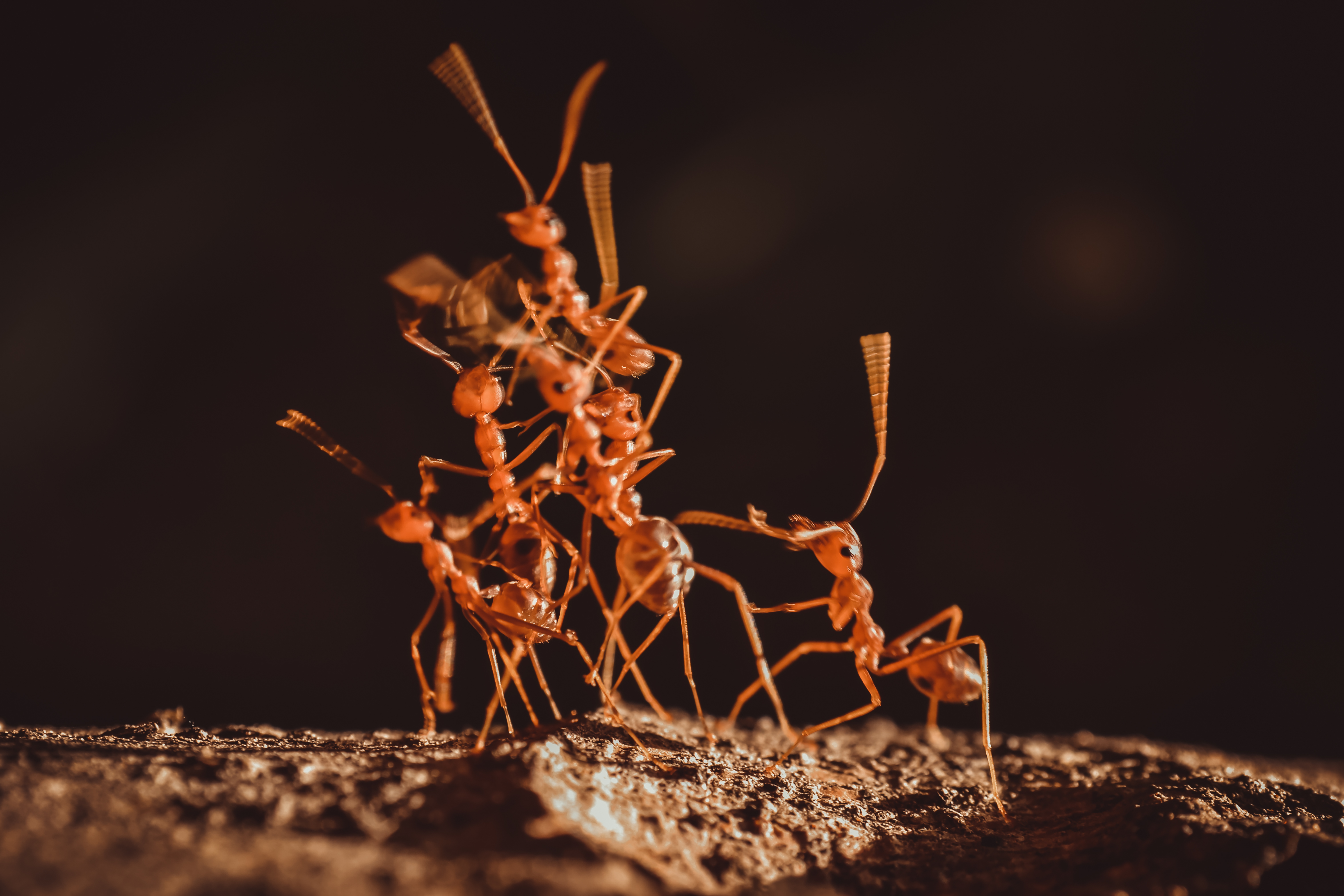10 Misunderstood Animals That Aren’t As Scary As You Think
In the vast tapestry of the natural world, certain creatures have long been vilified and misunderstood, cast into roles of fearsome villains in the stories we tell ourselves. Yet, as we peel back the layers of myth and misconception, a different narrative emerges—one that highlights the beauty, complexity, and ecological importance of these often misunderstood beings. This article embarks on a journey to meet these majestic creatures, exploring the reasons behind their fearsome reputations and revealing why they are not as scary as we might think. By delving into their behaviours, habitats, and contributions to the ecosystem, we aim to foster a deeper appreciation and understanding of these remarkable animals. As we move through each section, we will uncover the truth behind the myths, celebrating the diversity and wonder of life on Earth.
1. The Enigmatic Wolves: Guardians of the Wilderness

Wolves have long been symbols of wilderness and freedom, yet their howls echo with a sense of foreboding in many cultures. Historically depicted as ruthless predators, wolves have been hunted to near extinction in various parts of the world. However, these intelligent and social animals play a crucial role in maintaining the health of ecosystems. By controlling ungulate populations, wolves prevent overgrazing and promote biodiversity. Studies have shown that the presence of wolves can lead to healthier forests and rivers, as their predation patterns create a ripple effect throughout the ecosystem. Furthermore, wolves exhibit complex social structures, with packs operating as tight-knit family units. They communicate through a sophisticated array of vocalizations and body language, showcasing a depth of emotion and cooperation that challenges their fierce reputation.
2. Sharks: Ocean's Misunderstood Predators

Sharks are often portrayed as mindless killers, lurking beneath the waves, ready to strike at any moment. This perception has been fueled by sensationalized media and movies that emphasize rare shark attacks on humans. In reality, sharks are vital to the health of marine ecosystems, acting as apex predators that regulate the populations of other marine species. Their presence ensures the balance of oceanic food webs, preventing the overpopulation of certain species that could lead to the degradation of coral reefs and seagrass beds. Moreover, sharks are fascinating creatures with diverse behaviours and adaptations. Some species, like the hammerhead, use their uniquely shaped heads to enhance sensory perception, while others, like the great white, exhibit complex hunting strategies. By understanding the ecological significance of sharks, we can move beyond fear and appreciate their role in the ocean's delicate balance.
3. Bats: Nighttime Navigators of the Skies
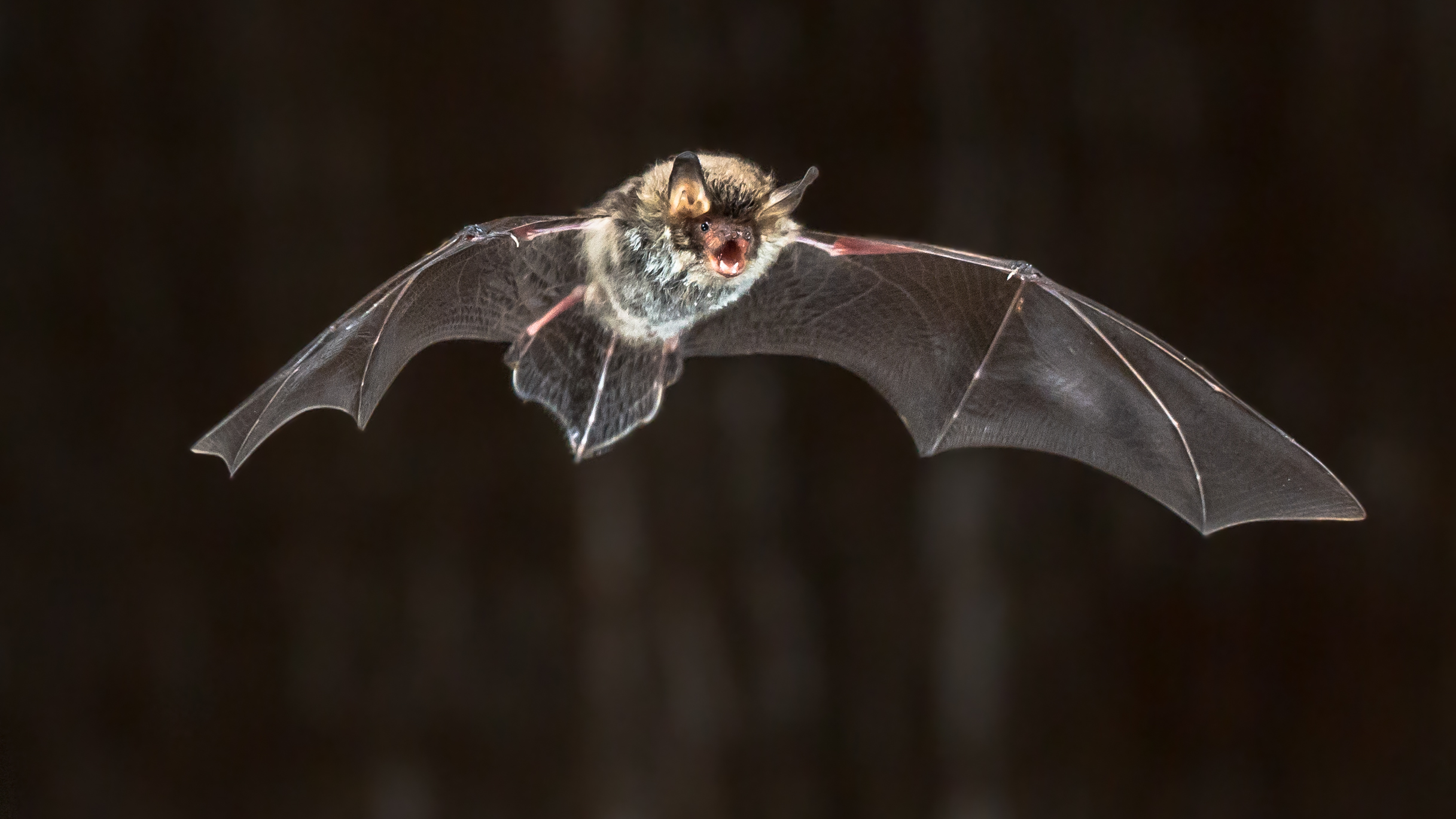
Bats have long been associated with darkness, disease, and the supernatural, often depicted as sinister creatures in folklore and horror tales. Yet, these nocturnal mammals are essential to various ecosystems, serving as pollinators, seed dispersers, and insect controllers. Many bat species consume vast quantities of insects, including agricultural pests, providing natural pest control that benefits human agriculture. Additionally, fruit bats play a crucial role in pollinating plants and dispersing seeds, aiding in forest regeneration. Bats are also fascinating for their echolocation abilities, which allow them to navigate and hunt with incredible precision in complete darkness. By understanding the ecological and economic benefits bats provide, we can dispel the myths that surround them and recognize their importance in maintaining healthy ecosystems.
4. Snakes: Silent Stewards of the Underbrush
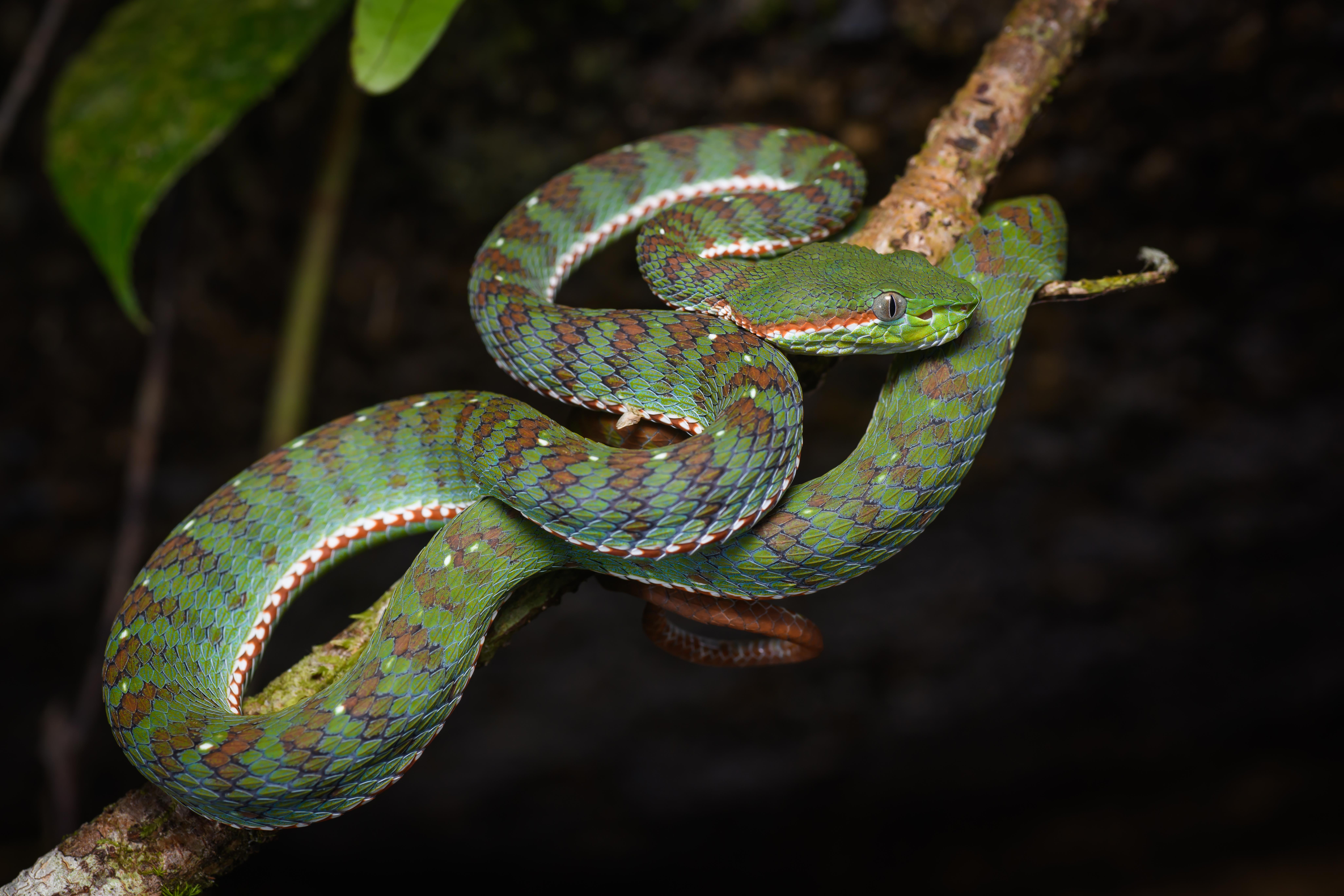
Snakes evoke fear and fascination in equal measure, often regarded as symbols of danger and deceit. However, these limbless reptiles are vital components of many ecosystems, controlling rodent populations and contributing to the balance of nature. Snakes are highly adaptable, inhabiting diverse environments from deserts to rainforests. They exhibit a range of behaviours and adaptations, such as the pit viper's heat-sensing abilities and the cobra's defensive hood display. Despite their fearsome reputation, most snake species are non-venomous and pose little threat to humans. Even venomous snakes play a crucial role in their ecosystems, and their venom has potential medical applications, including the development of life-saving drugs. By appreciating the ecological roles and unique adaptations of snakes, we can move beyond fear and recognize their importance in the natural world.
5. Spiders: Architects of the Arachnid World
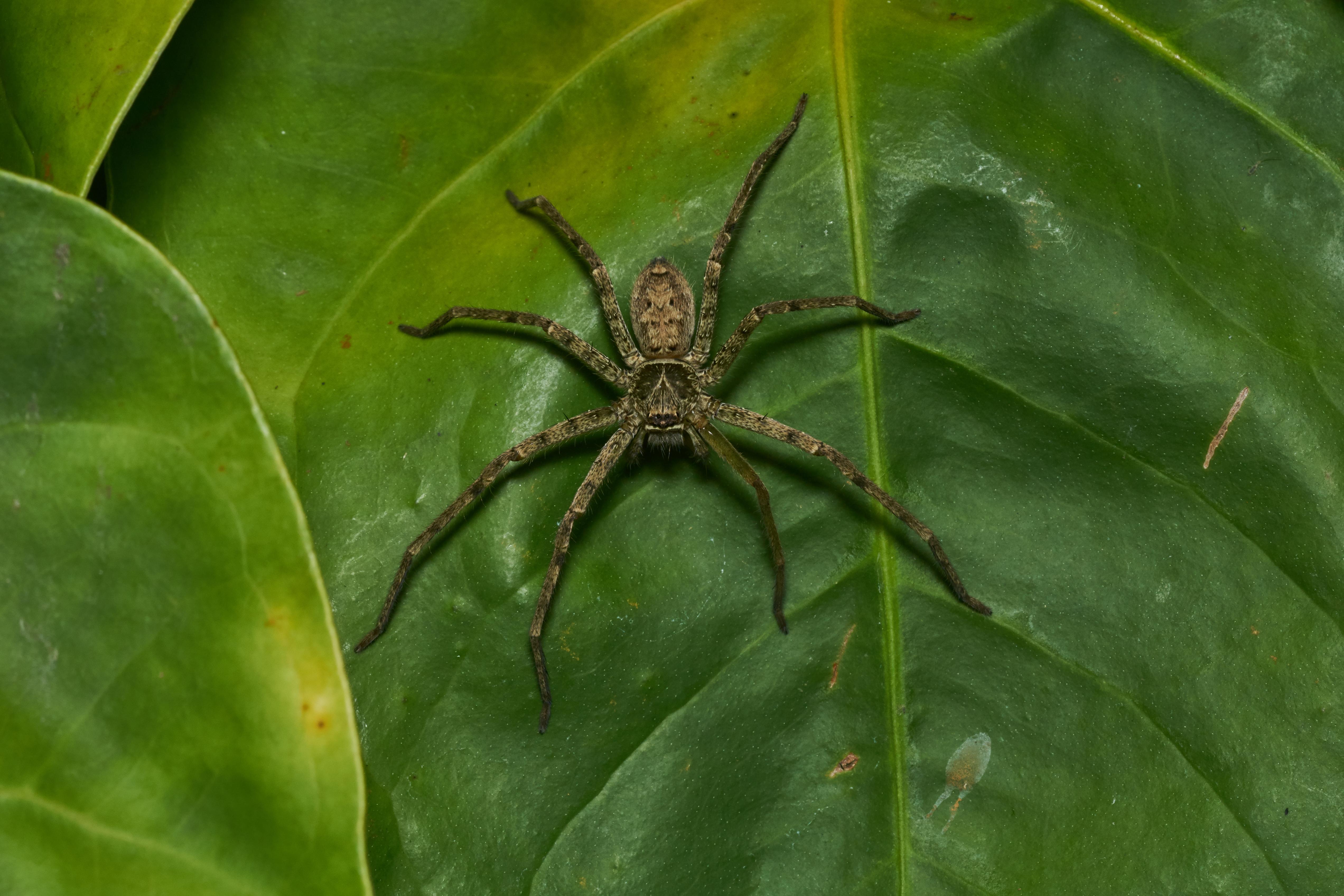
Spiders are often met with fear and revulsion, their eight-legged forms triggering primal responses of disgust. Yet, these arachnids are masterful architects, spinning intricate webs that serve as both homes and hunting tools. Spiders play a crucial role in controlling insect populations, acting as natural pest control agents in gardens and agricultural fields. Their silk, an engineering marvel, is incredibly strong and flexible, inspiring innovations in material science. Furthermore, spiders exhibit fascinating behaviours, from the courtship dances of jumping spiders to the cooperative hunting strategies of some social species. By understanding the ecological benefits and remarkable adaptations of spiders, we can overcome our unfounded fears and appreciate their contributions to biodiversity and ecosystem health.
6. Crocodiles: Ancient Guardians of the Waterways

Crocodiles are often seen as fearsome predators, lurking in the water with powerful jaws and a reputation for aggression. However, these ancient reptiles are vital to the health of aquatic ecosystems, serving as apex predators that control fish populations and maintain the balance of their habitats. Crocodiles are also keystone species, their nesting activities creating microhabitats for other organisms. Despite their fearsome appearance, crocodiles are complex creatures with intricate social behaviours and communication methods. They exhibit parental care, with mothers guarding their nests and assisting hatchlings to the water. By understanding the ecological roles and behaviors of crocodiles, we can appreciate their importance in maintaining the health of wetland environments.
7. Vultures: Nature's Cleanup Crew

Vultures are often associated with death and decay, their scavenging habits earning them a reputation as grim and unsavory creatures. However, these birds play a vital role in ecosystems by cleaning up carrion and preventing the spread of disease. Vultures possess highly acidic stomachs that allow them to safely consume decaying flesh, breaking down harmful pathogens and recycling nutrients back into the environment. Their keen eyesight and soaring flight make them efficient scavengers, capable of locating carcasses from great distances. Despite their ecological importance, vultures face numerous threats, including habitat loss and poisoning from ingesting carcasses tainted with veterinary drugs. By recognizing the essential services vultures provide, we can work to protect these misunderstood birds and ensure the health of ecosystems worldwide.
8. Hyenas: Misjudged Marvels of the Savanna

Hyenas are often depicted as cowardly scavengers, skulking on the fringes of the animal kingdom. Yet, these intelligent and social animals are skilled hunters and play a crucial role in maintaining the balance of savanna ecosystems. Hyenas are capable of taking down large prey and are important predators in their own right. They also scavenge, recycling nutrients and cleaning up the environment. Hyenas exhibit complex social structures, with clans led by dominant females and intricate communication methods, including a range of vocalizations and body language. By understanding the ecological roles and social dynamics of hyenas, we can dispel the myths that surround them and appreciate their contributions to biodiversity and ecosystem health.
9. Octopuses: Masters of Disguise in the Deep
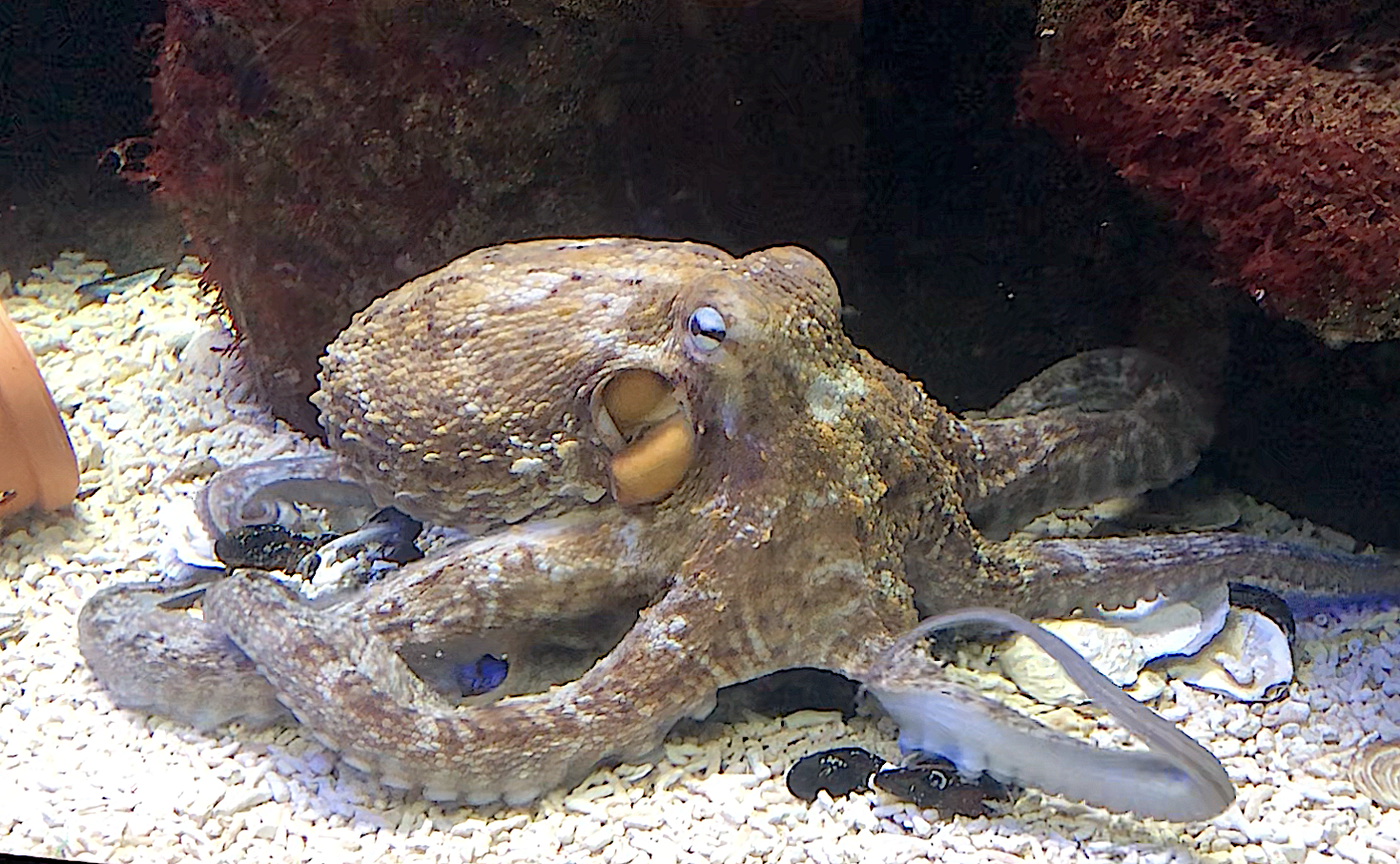
Octopuses are often perceived as alien and mysterious, their tentacled forms and intelligence captivating the human imagination. These cephalopods are masters of disguise, capable of changing color and texture to blend into their surroundings or communicate with others. Their intelligence is remarkable, with octopuses demonstrating problem-solving abilities, tool use, and complex behaviors. Octopuses play important roles in marine ecosystems, acting as both predators and prey, and their presence can influence the distribution and abundance of other species. Despite their often-misunderstood nature, octopuses are fascinating creatures that offer insights into the evolution of intelligence and adaptation in the animal kingdom.
10. Raccoons: Urban Survivors and Ecological Allies
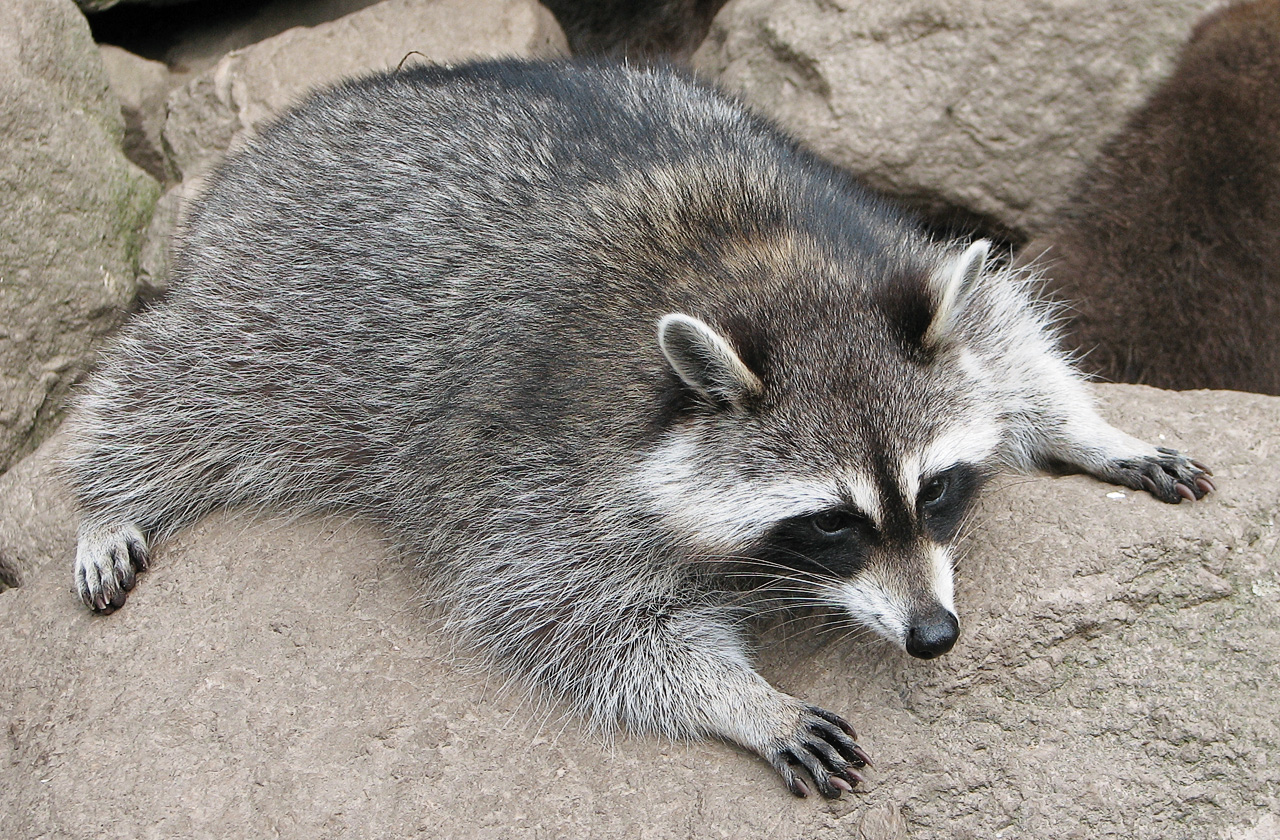
Raccoons are often seen as pesky intruders, rummaging through trash and causing mischief in urban environments. However, these adaptable mammals are important members of many ecosystems, serving as both predators and prey. Raccoons are highly intelligent and resourceful, capable of thriving in a variety of habitats, from forests to cities. They play a role in controlling insect and rodent populations, and their foraging activities can aid in seed dispersal. Raccoons also exhibit complex social behaviors and communication methods, challenging their reputation as mere nuisances. By understanding the ecological roles and adaptability of raccoons, we can appreciate their contributions to biodiversity and the resilience of urban ecosystems.
As we conclude our exploration of these majestic yet misunderstood creatures, it becomes evident that fear and misunderstanding often stem from a lack of knowledge. By delving into the behaviors, ecological roles, and adaptations of these animals, we can move beyond fear and appreciate the beauty and complexity of the natural world. Each of these creatures plays a vital role in maintaining the balance of ecosystems, contributing to biodiversity and the health of our planet. By fostering understanding and coexistence, we can protect these remarkable animals and ensure the continued richness of life on Earth. Let us embrace the beauty of the misunderstood and celebrate the diversity and wonder of the natural world.




